Drawing a Sense of Humour
Art uses humour as a material and tool; to attract and to turn the focus on the audience; to undermine elitism as well as to exclude through the ‘in-joke’; to protest and destabilise accepted knowledge; and sometimes the word itself to cover a plethora of unnamed phenomena. Let’s have a laugh at some of these, shall we?
Daniel Connell
Surgery should not be comic.
Flying a plane should not be comic.
Medical research should not be comic.
House construction should not be comic.
Art should not be comic, but like all of the above, it can be. Art can be comic accidentally, like 60% of performance art, and art can use humour as a tool and a material.
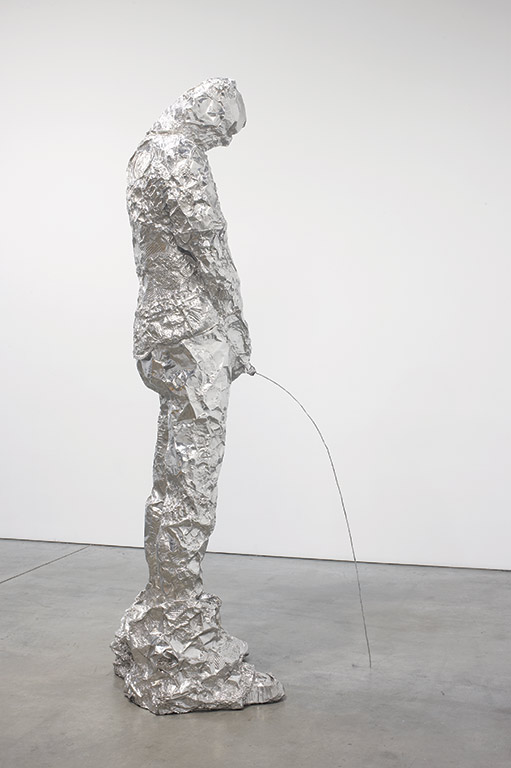
Comedy is designed to make us laugh. Things intended to be comic belong to the world of entertainment. Art is not entertainment. Art is often associated with power, value, the sublime and religious transcendence, not frivolous humour. Artists in history who have attempted humour have often been shunned, except Michelangelo who painted God’s bottom exposed in the Sistine Chapel. I am not sure how he got away with it, but Franz Xaver Messershcmidt didn’t get away with it. He made exquisite bronze heads from the 1750s onwards, which examined in wonderful detail the range of expressions of the human face but which undoubtedly evince humorous responses even if they were made as a cool investigation into human character. Messerschmidt was rejected by the academy of Vienna and became a recluse, giving his work a more genuine disinterestedness and ‘up-yours’ to the hypocritical earnestness of the art industry of his time.

In the Western canon, Duchamp and Da-Da and the Surrealists also had a humorous attitude with a big ‘F off’ to the establishment for lots of reasons including the First World War. Their focus turned away from their ability to craft, from materiality, self-expression and narrative, towards the audience’s response to it, ushering in new possibilities for art.
Since then it has been a bit up and down in the humour department. Modernism’s big ideas about itself threw a bit of a wet blanket on all the fun until post-modernism began to use humour as well as everything else to deconstruct. Chinese contemporary art is said to use humour to allow satire: Wang Qingsong, Zhou Chunya, Liu Wei and Yue Minjun’s famous frozen laughing faces. But with so much at stake, I don’t find it funny. I find it powerful. Ai Wei Wei’s distinctly comical and dangerous middle finger to power was paid for.
Australian artist Roy Ananda, known for his two-storey-high meticulously accurate construction in wood of the opening introduction text to the original Star Wars movie, is an artist constantly on the brink of hilarity and addressing humour in art work. Recently, I attended his solo show and found myself laughing at his book 72 acts of fandom. Each page has a different act.
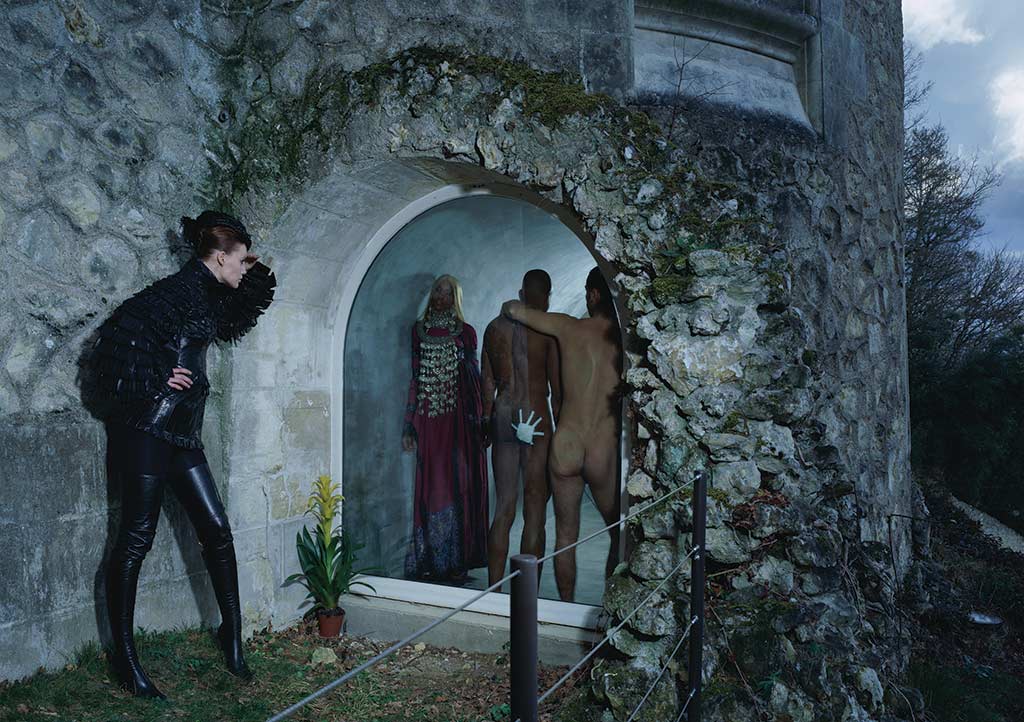
The first four pages read:
Create a legally binding will that leaves all your worldly possessions to a single fictional character.
Physically ingest a first edition copy of Edgar Allen Poe’s Tales of Mystery and Imagination.
Send your friends and family postcards from fictional places, wishing that they were there.
Write a list of your top ten favourite films using your top ten favourite fonts.
I asked him if he thought his work was funny. With a chuckle he replied, ‘It’s a bit crass to laugh at your own jokes but, actually, yes I do.’ His favourite is Death notice, a notice he wrote and actually published in a local newspaper, in the death notices section, which mourns the passing of a fictional character from a role playing game he has been involved in for many years. Ananda’s prolific sculpture and conceptual pieces focus on pop culture fandom. His work is an investigation into his own genuine obsessive fan practices for fantasy TV series, the novels of HP Lovecraft, Star Wars and Dungeons and Dragons, horror movies and more.
But humour in art must be more than a joke. As Ananda says, ‘Those works which do have a certain ambiguity or certain ambivalence work well to short circuit the fleeting one liner.’ Often pathos is involved too. Kate Mitchell uses humour and pathos in the service of art, creating acts which test her endurance against the invulnerability of cartoon characters (In Time and I Am Not a Joke at Anna Schwarz Gallery).
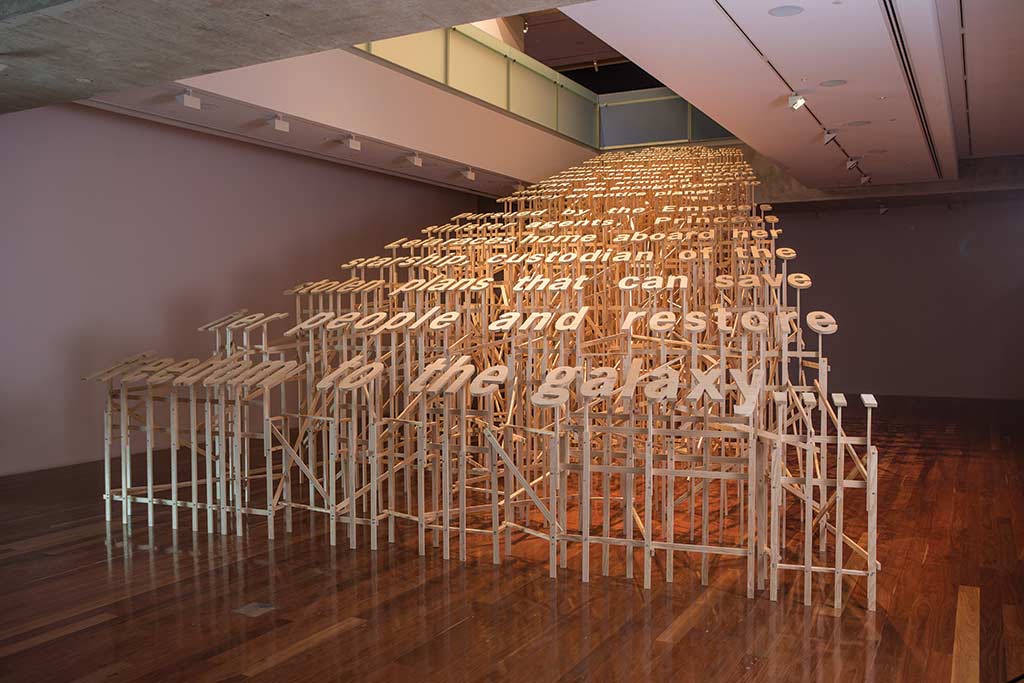
Naivety and pathos are cousins, and humour is their good friend. Michael Leunig has moved from a cartoonist, the realm of designing the absolute one liner, to an artist who dwells in ambiguous naivety. His works have become iconic for their light-hearted, humorous and strident attempts to erode narcissism, capitalist excess and the oppressive nature of power, masculinity, success, failure and competition. His influence is seen in the work of glass artist Tom Moore, who deals with environmental issues.
Admitting his geek tendencies, Ananda uses a healthy dollop of Australian self deprecation. Irony is a big part of Australian humour, says Roy, when I asked him about the cultural specificity of the type of humour in his art. He recalls noticing how his father, an Australian of Malaysian and Tamil origin with a great sense of humour, didn’t appreciate irony particularly during episodes of the Simpsons. There is irony in seeing the extent to which fans can go, contrasted with the frivolous nature of the content. ‘I can poke fun at the absurd lengths that fans go to, because I am part of this subculture,’ he says, which leads us to looking at humour of the hurtful kind; laughing at, not with. When is it okay to laugh?
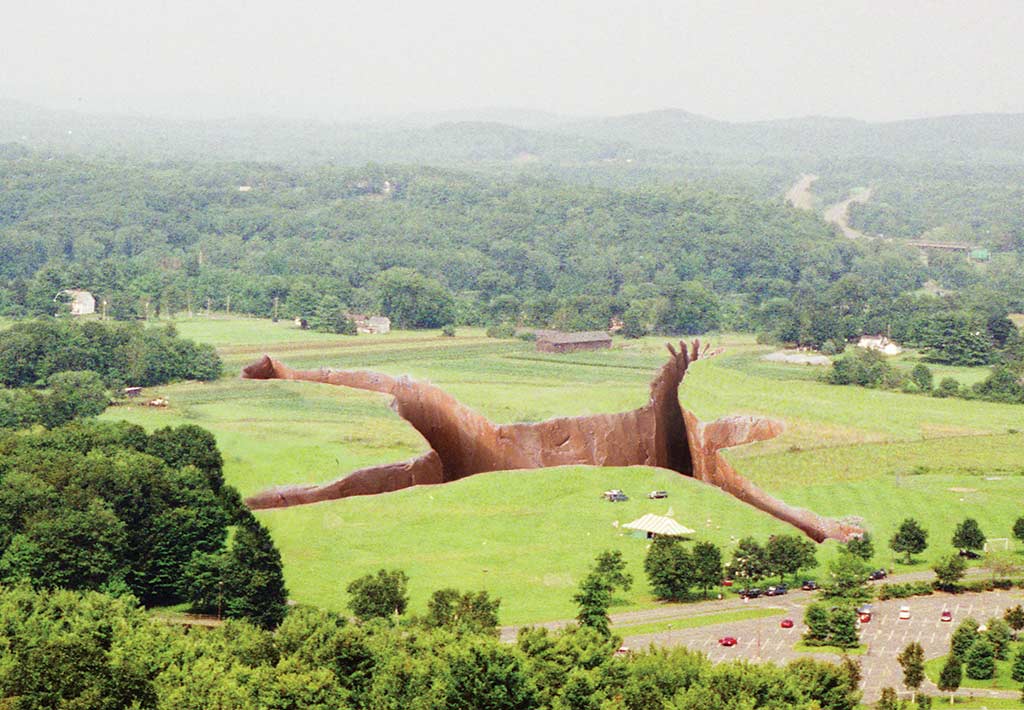
The scape-goating ritual referred to often by philosopher Rene Girard reminds of the humour of derision. Not focused on any one particular person or dynamic, it is different from bullying but has all the marks of giving consolation through othering. Deriding the other has often been the retreat of failed comics. Tittering as a response to shock and trauma is vastly different from the generative and creative liberation achieved by the absurd and the zany. Artist David Shrigley another inspiration of Ananda, uses the absurd as his main material. Shrigley seems to have resisted the temptation to shock. His subtle work Burden (2012) remains one which just works in a ‘laugh-out-loud’ way, as Ananda says. Shrigley’s work is bold but subtle, ambiguous, absurd and yet respectful. It is a prime example of art which knows the twin relationship of humour and intelligence. Humour, like art, as Griselda Pollock says, requires an ability to see duality simultaneously. Another absurdist Tom Friedman has sometimes relied on shock. Perhaps because of his American culture he is not seeking the understatement of Shrigley’s work, although they are similar. ‘His work is easily accessed by anyone, the entrance being a flippant level of humour that takes one into a deeper phenomenological discourse about art and life itself,’ states the Gagosian gallery, and I guess the same could be said for many artists. Humour, shock, colour, size are all tropes to entice an audience into a more complex discourse.
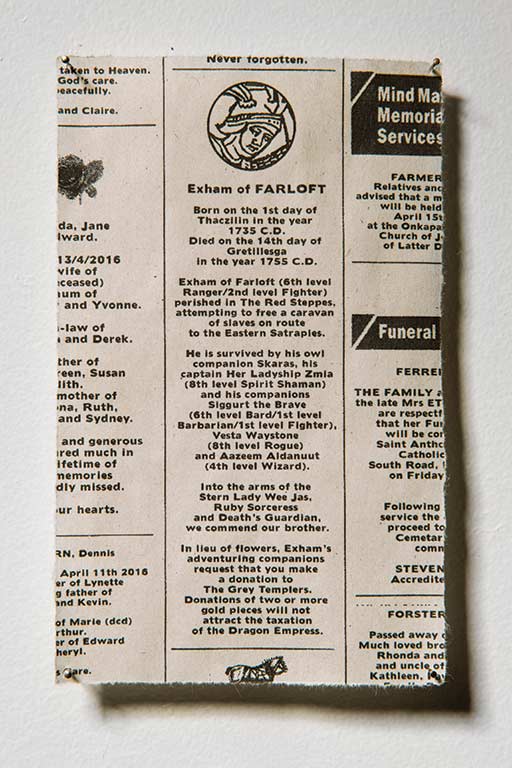
Lastly, for the dark stuff.
The Chapmans are often invoked as using humour ‘sharply’, but one thing that their work reveals is a trend among critics and artists to use the word humour as an inadequate attempt to make the utterly unacceptable seem okay, a way of justifying things by saying it’s funny or simply a response to trauma. When I heard one of the Chapman’s describe the sculpture of sexualised children as funny, I also almost heard him yelling a ‘Don’t you get it?’ accusation as he was backed into a corner. A retreat into the banality of evil I wondered. Not that they are evil, but perhaps just too cool or too ironic to admit the deep traumatic potential of the images they are creating or perhaps too ambitious to pull back. Art is often traumatic. Art ought not take a political or social position, but the artist who calls something that alludes to cruelty or abuse ‘funny’ rather than gut-wrenching or abhorrent, acknowledging its wider social context is not rigorous enough. Goya is not funny. Torture is not funny. The sexualisation of children isn’t funny.
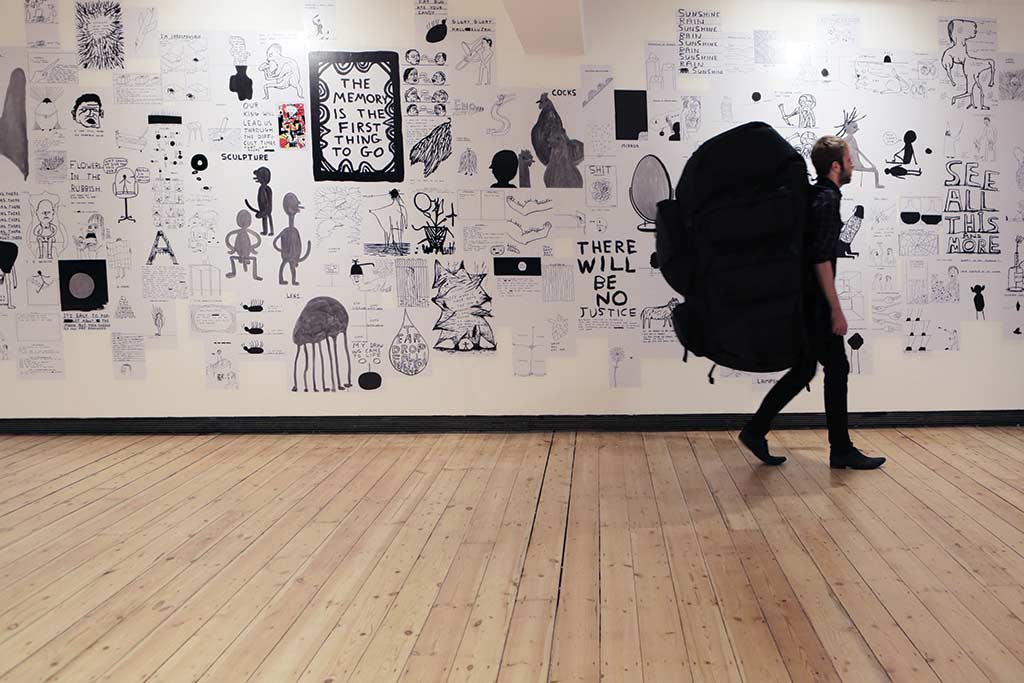
I was recently asked to open an exhibition by Afghan artist Elyas Alavi (We die so that…. at Nexus Arts). In it, there is a work which documents from within a protest by the Hazara community in Kabul, during which some people including his friend were killed by a bomb. This sharply contrasted for me the difference between how artists acting from the position of comfort and privilege view violence compared to those who are experiencing it. I am yet to appreciate the humour in violence unless it is slapstick but even then…
yeah…nah.
Share